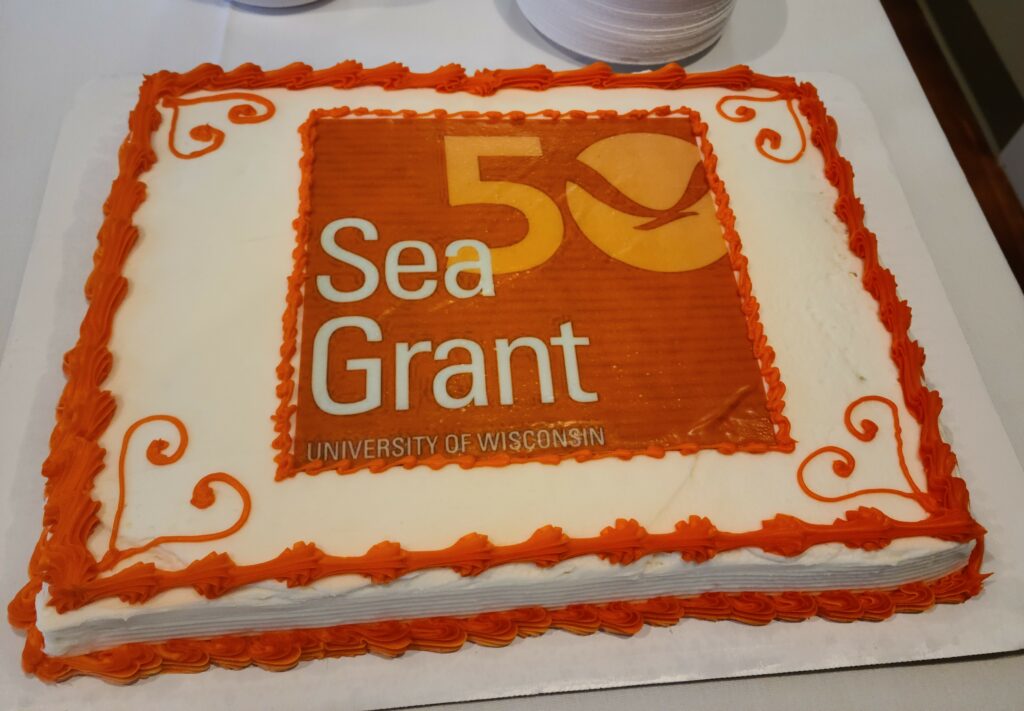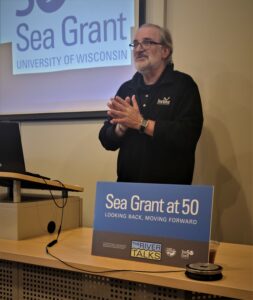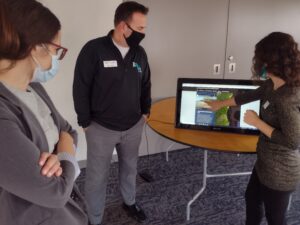Special Weather Statement issued June 29 at 1:17AM CDT by NWS
Current Watches, Warnings and Advisories for Brown (WIC009) Wisconsin Issued by the National Weather Service
https://alerts.weather.gov/cap/wwacapget.php?x=WI1263FB699044.SpecialWeatherStatement.1263FB69FED0WI.GRBSPSGRB.3b77a733acfe35fc01f412b80021d336













